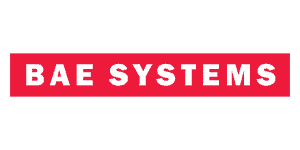We all experience loud noises at some point during the day. However, too much at once leads to serious damage. Thankfully, we have a range of solutions that can help. Our discharge silencer is especially popular. This isn’t just some standard product; our team designs each unit so that it meets the exact requirements.
First-time users of silencers won’t know exactly where to put them. Ideally, you must position them as close to the noise source as possible. This shall aid you in stopping the sound at its origin. Additionally, it’ll cap noise breakout points along your system. Yet, turbulent airflow typically occurs near noise sources. This includes dampers, valves, and fans. Consequently, users need to assess aerodynamic system effects.
Improved flow conditions
A discharge silencer can actually enhance flow conditions near the fans. This is especially likely if the design is correct. Discharge and special fan inlet silencers lower aerodynamic system effects. Inlet box silencers do the same but they also suppress noise at its source. Their efficient added pressure drop can be moderately negative. This is if the silencer boosts the flow out of or into the fan. As a result, the fan’s performance increases.
Acoustic spots
The mechanical room wall might be the ideal acoustic spot for a duct silencer. The purpose here is to minimise break-in/breakout and duct-borne noise. Nonetheless, you usually find fire dampers here. To compromise, users tend to place silencers within the mechanical room. You may have to put the silencer outside this room though if there isn’t enough space.
At Ventx, one of our most valuable tools is our modern computer software. We use it to produce predictive acoustic models for systems in the design stage. This permits us to fashion a discharge silencer for your operations. As a result clients get fantastic results.
If you’d like more details, you’re welcome to call us whenever you please.









